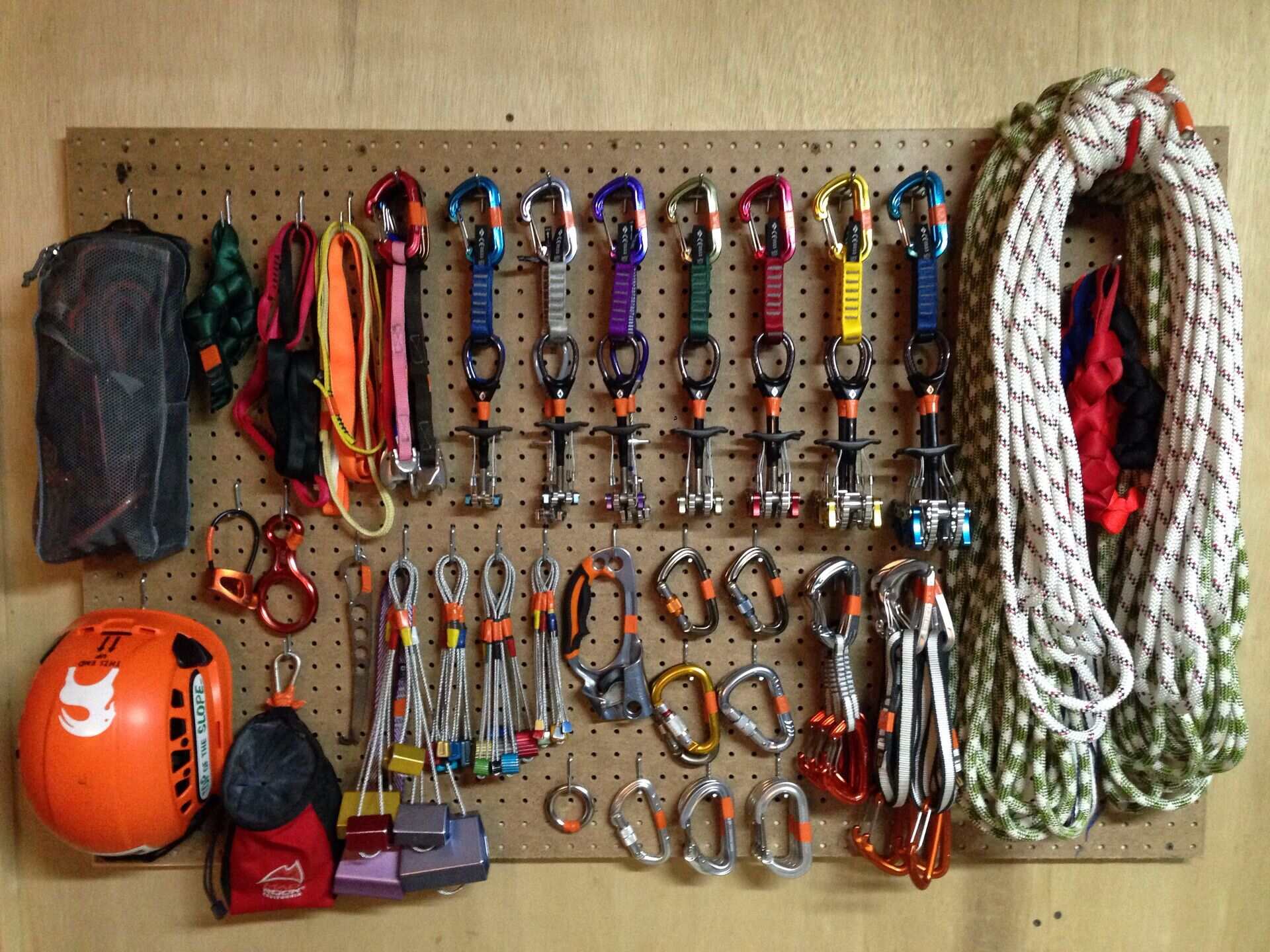

Articles
How To Store Climbing Rope
Modified: October 28, 2024
Learn the best methods to store your climbing rope in this informative article. Keep your rope in top condition for your next adventure!
(Many of the links in this article redirect to a specific reviewed product. Your purchase of these products through affiliate links helps to generate commission for Storables.com, at no extra cost. Learn more)
Introduction
Properly storing your climbing rope is essential to maintain its lifespan and ensure your safety during climbs. A well-maintained rope can make all the difference between a successful climb and a disastrous one. However, many climbers overlook the importance of proper rope storage, leading to premature wear and tear, decreased strength, and potential accidents.
In this article, we’ll guide you on how to store your climbing rope effectively and safely. We’ll cover everything from choosing the right storage location to cleaning and drying the rope, coiling it properly, and using bags or rope tarps for storage. We’ll also discuss the importance of hanging the rope and avoiding harmful conditions and substances that can damage your rope over time. Lastly, we’ll stress the importance of regular rope inspections to ensure its integrity.
By following these guidelines, you’ll be able to extend the life of your climbing rope and have peace of mind knowing that you’re taking the necessary steps to keep it in optimal condition.
Key Takeaways:
- Properly storing your climbing rope is crucial for its longevity and your safety. Choose the right storage location, clean and dry the rope, and inspect it regularly to ensure reliability for future climbs.
- Avoid harmful conditions and substances, such as moisture, UV exposure, and sharp objects, to preserve the strength of your climbing rope. Incorporate proper storage practices to extend its lifespan and prioritize safety during climbs.
Read more: How To Climb Rope Ladder
Choosing the Right Storage Location
When it comes to storing your climbing rope, the first step is to select an appropriate location. Ideally, you want to choose a cool, dry, and well-ventilated area. Avoid storing your rope in places that are exposed to direct sunlight, excessive heat, or extreme cold as these conditions can cause the rope to degrade over time.
Find a space where your rope won’t be in contact with any sharp objects or chemicals that could potentially damage it. It’s also essential to keep your rope away from pets, as they may mistake it for a chew toy or accidentally damage it with their claws.
If possible, dedicate a specific area or storage bag for your climbing rope to keep it organized and protected. This will help prevent tangles and unnecessary wear and tear that can occur when your rope is left loose or mixed with other equipment.
Whether you’re storing your rope at home or at a climbing gym, ensure that the storage area is secure and inaccessible to unauthorized individuals. This will help prevent accidental damage or theft.
By choosing the right storage location, you’ll set the foundation for maintaining the integrity of your climbing rope and ensuring its longevity.
Cleaning and Drying the Rope
Regularly cleaning and drying your climbing rope is crucial for its longevity and performance. Over time, dirt, dust, sweat, and other contaminants can accumulate on the rope’s surface, potentially compromising its strength and causing increased friction.
To clean your rope, start by filling a bathtub or large bucket with lukewarm water and a mild detergent. Gently submerge the rope, making sure not to agitate or twist it excessively. Use your hands to rub the rope gently, focusing on any spots that appear dirty or stained. Avoid using any harsh cleaning agents or brushes that could cause damage.
After cleaning, rinse the rope thoroughly with clean water to remove any remaining detergent. Hang the rope vertically to allow excess water to drip off. Avoid wringing or twisting the rope, as this can lead to kinks and tangles.
Once the rope is partially dry, you can lay it out on a clean and flat surface, such as a clean sheet or tarp, indoors or in a shaded area. Make sure the rope is laid out in a zigzag pattern to allow for even drying. It’s crucial to avoid direct sunlight or heat sources, as they can weaken the rope’s fibers.
It’s important to note that drying times may vary depending on the climate and humidity levels. You can periodically flip the rope to ensure thorough drying on both sides. Avoid storing a damp or wet rope, as this can lead to mold or mildew growth, and weaken the rope’s integrity.
By regularly cleaning and drying your climbing rope, you’ll remove contaminants, maintain its performance, and prevent premature wear and tear.
Coiling the Rope Properly
Coiling your climbing rope properly is essential to prevent tangles, kinks, and twists that can compromise its integrity and make it difficult to use during climbs. There are several methods for coiling a rope, but the butterfly coil and the regular coil are the two most commonly used techniques.
The butterfly coil is ideal for longer ropes and allows for quicker deployment during climbs. To do the butterfly coil, start by finding the midpoint of the rope and hold it in one hand. With your other hand, make a small loop by folding the rope in half. Continue making loops, alternating the side you hold the rope on until you reach the ends. Secure the coil with a figure-eight knot or a rubber band to keep it in place.
The regular coil, also known as the mountain coil, is suitable for both shorter and longer ropes. Start by finding the midpoint of the rope and hold it in one hand. With your other hand, grab the rope about two arm lengths away from the midpoint. Begin coiling the rope in a clockwise direction, making each coil the same size. When you reach the ends, secure the coil with a secure knot or a rope band.
Regardless of the coiling method you choose, it’s important to avoid knots or twists within the coils. Knots can cause weak points in the rope, while twists can make it challenging to uncoil during climbs. Take your time to coil the rope neatly and evenly, distributing the weight and stress evenly along the length of the rope.
After coiling the rope, it’s a good idea to store it in a rope bag or a rope tarp to protect it from dirt, dust, and other contaminants. This will also make it easier to transport and carry the rope to your climbing destination.
By coiling your climbing rope properly, you’ll minimize the risk of tangles, kinks, and twists, ensuring that it remains in excellent condition for your climbing adventures.
Bag or Rope Tarp Storage
Using a bag or rope tarp for storage is an excellent way to protect your climbing rope from dirt, sharp objects, and other potential hazards. It provides an additional layer of protection and helps keep your rope organized and easily accessible.
There are various options available for rope storage bags, ranging from simple drawstring bags to more sophisticated designs with compartments and pockets for storing other climbing gear. When choosing a bag, consider the size and length of your rope, as well as any additional equipment you might want to carry along with it.
Rope tarps, on the other hand, offer a larger surface area for coiling and storing your rope. They usually come with built-in handles or straps for easy transportation. Rope tarps can be laid out on the ground or hung on a wall, providing a clean and protected surface for your rope.
When storing your rope in a bag or on a tarp, make sure it is clean and dry to prevent the growth of mold or mildew. Coil your rope neatly, following the proper coiling techniques, and place it inside the bag or on the tarp. Ensure that the bag or tarp is securely closed to keep your rope free from dirt and dust.
It’s a good practice to inspect your bag or tarp periodically for any signs of wear or damage. Check for frayed seams, tears, or other issues that could compromise the bag’s ability to protect your rope effectively. If you notice any damage, repair or replace the bag or tarp as necessary.
Remember to store your bag or tarp in a cool, dry place away from direct sunlight or extreme temperatures. Avoid storing it in damp or humid areas to prevent moisture buildup.
By using a bag or rope tarp for storage, you’ll keep your climbing rope clean, organized, and protected, ensuring that it remains in optimal condition for your next climbing adventure.
Always store your climbing rope in a cool, dry place away from direct sunlight and chemicals. Coil it loosely to prevent kinks and store it in a rope bag or a clean, dry backpack.
Read more: How To Store A Rope
Hanging the Rope
Hanging your climbing rope is another option for storage and can help preserve its shape and prevent unnecessary wear and tear. When hanging your rope, it’s important to consider the location and method to ensure the rope remains secure and undamaged.
Choose a location that is free from moisture, direct sunlight, and excessive heat or cold. A dry and well-ventilated area is ideal for hanging your rope. You can use hooks, carabiners, or specialized rope hangers to suspend your rope from the ceiling or a wall. Make sure that the hanging method you choose can support the weight of the rope and will not cause any stress points or strain on the rope.
When hanging the rope, avoid sharp edges or objects that could potentially damage it. Ensure that the rope hangs freely without any points of contact with other equipment or surfaces. This helps prevent unnecessary friction or pressure that could weaken the rope over time.
When coiling the rope for hanging, use either the butterfly coil or the regular coil method mentioned earlier in this article. Secure the coiled rope with a figure-eight knot, a rubber band, or a rope connector, ensuring that it won’t come undone while hanging. Take care to distribute the weight evenly along the length of the rope to minimize stress on individual sections.
Regularly check the hanging area for any signs of wear or damage. Inspect the hooks, carabiners, or hangers to ensure they are secure and functioning properly. Remove any dust, dirt, or debris from the hanging area to maintain a clean environment for your rope.
Hanging your climbing rope not only keeps it organized and easily accessible but also allows it to naturally straighten and avoid kinks or twists. This makes it easier to handle and reduces the risk of tangles during your climbs.
By following these guidelines, you’ll ensure that your climbing rope remains in excellent condition and ready for your next ascent.
Avoiding Harmful Conditions and Substances
To ensure the longevity and safety of your climbing rope, it’s important to protect it from harmful conditions and substances that can cause damage. Here are some key considerations to keep in mind:
Chemicals: Avoid exposing your rope to corrosive substances such as acids, solvents, or harsh cleaning agents. These can weaken the rope’s fibers and compromise its strength. Store your rope away from areas where such chemicals are present, and be cautious when using them near your rope.
Moisture: Keep your rope dry to prevent mold, mildew, and rot. Moisture can weaken the rope’s integrity and increase the risk of it breaking during climbs. If your rope gets wet during a climb, promptly dry it using the proper methods discussed earlier in this article.
UV Exposure: Prolonged exposure to direct sunlight can degrade the fibers of your climbing rope. UV rays can weaken the rope and reduce its strength over time. When not in use, store your rope away from sunlight in a cool, dry location.
Extreme Temperatures: Avoid subjecting your rope to extreme heat or cold, as this can impact its performance and durability. High temperatures can cause the rope to melt or deform, while extreme cold can make it brittle and prone to breakage. Choose a suitable storage location that maintains moderate temperatures for your rope.
Sharp Objects: Keep your rope away from sharp edges, metal filings, or objects that could cause abrasion or cuts. Even minor damage to the rope’s sheath can compromise its strength and reduce its lifespan. Inspect the area where you store your rope to ensure there are no sharp objects nearby.
Pets or Animals: Keep your climbing rope out of reach of pets or animals that may mistake it for a toy or cause damage with their claws. Rope fibers can be easily frayed by pet actions, leading to weak points and potential rope failure. Store your rope securely to prevent any unwanted interactions.
By avoiding these harmful conditions and substances, you’ll protect the integrity of your climbing rope and ensure its reliability during your climbs. Regularly inspect your rope for any signs of damage or wear caused by these factors, and take appropriate measures to address any issues before they become a safety concern.
Checking the Rope Regularly
Regularly inspecting your climbing rope is a crucial step in ensuring its safety and longevity. By identifying and addressing any signs of wear, damage, or weakness, you can prevent accidents and extend the life of your rope. Here’s a checklist to follow when checking your rope:
1. Visual Inspection: Carefully examine the entire length of the rope, looking for any signs of fraying, cuts, or abrasions. Check the rope’s sheath for any wear or damage that could expose the inner core. Pay special attention to areas where the rope may have come into contact with rough surfaces or sharp edges.
2. Slippage or Soft Spots: Run your hands along the rope, feeling for any areas that might be softer or have reduced thickness. These could indicate internal damage or slippage of the core inside the sheath. If you notice any soft spots, it’s crucial to retire the rope immediately as it may no longer be safe for climbing.
3. Core Exposure: If you observe any signs of the inner core being exposed, such as visible strands or fibers, it’s a serious issue. Exposed core means that the rope’s protective sheath has been compromised, and the rope is no longer safe to use. Retire the rope and replace it with a new one.
4. Knots or Tangles: Check for knots or tangles within the rope. Untangle any knots carefully, making sure not to pull or twist the rope excessively. Knots can create weak points in the rope and may compromise its strength.
5. Bends or Kinks: Inspect the rope for any bends, kinks, or twists that may have formed during storage or use. These can affect the rope’s flexibility and strength. Gently straighten out any bends or kinks to restore the rope’s natural shape.
6. Aging and Retirement: Consider the age and usage of your rope. Over time, ropes naturally degrade and lose strength, even with proper care. Most manufacturers recommend retiring climbing ropes after a certain number of years, typically around 5-7 years, depending on usage frequency. Consult the manufacturer’s guidelines for specific recommendations.
7. Log and Document: Keep a log of your inspections, noting any changes or issues you observe. This will help you track the rope’s condition and identify any patterns over time.
Regular inspections should be conducted before and after each climb, as well as periodically during storage. If any doubt arises about the safety or integrity of your rope, it’s always recommended to err on the side of caution and retire it.
Remember, thorough and consistent rope inspections are essential to ensure your safety while climbing. Taking the time to check your rope regularly will give you peace of mind knowing you are using a reliable and trustworthy piece of equipment.
Conclusion
Properly storing your climbing rope is essential for maintaining its lifespan and ensuring your safety during climbs. By following the guidelines outlined in this article, you can effectively store your rope and protect it from damage and wear.
Choosing the right storage location, cleaning and drying the rope, and coiling it properly are fundamental steps in maintaining your rope’s integrity. Using a bag or rope tarp for storage provides an extra layer of protection, while hanging the rope allows it to maintain its shape and organization.
Avoiding harmful conditions and substances, such as chemicals, moisture, UV exposure, extreme temperatures, and contact with sharp objects, is vital for preserving the strength of your rope. Regularly checking your rope for wear, damage, and other signs of weakness is crucial to identify and address any issues before they become safety hazards.
By incorporating these practices into your rope storage routine, you can extend the life of your climbing rope and ensure its reliability for future climbs. Always prioritize safety and follow manufacturer guidelines for rope retirement based on age and usage.
Remember, your climbing rope is an essential piece of equipment that plays a significant role in your climbing adventures. Treat it with care, inspect it regularly, and store it properly to enjoy many safe and successful climbs in the future.
Frequently Asked Questions about How To Store Climbing Rope
Was this page helpful?
At Storables.com, we guarantee accurate and reliable information. Our content, validated by Expert Board Contributors, is crafted following stringent Editorial Policies. We're committed to providing you with well-researched, expert-backed insights for all your informational needs.
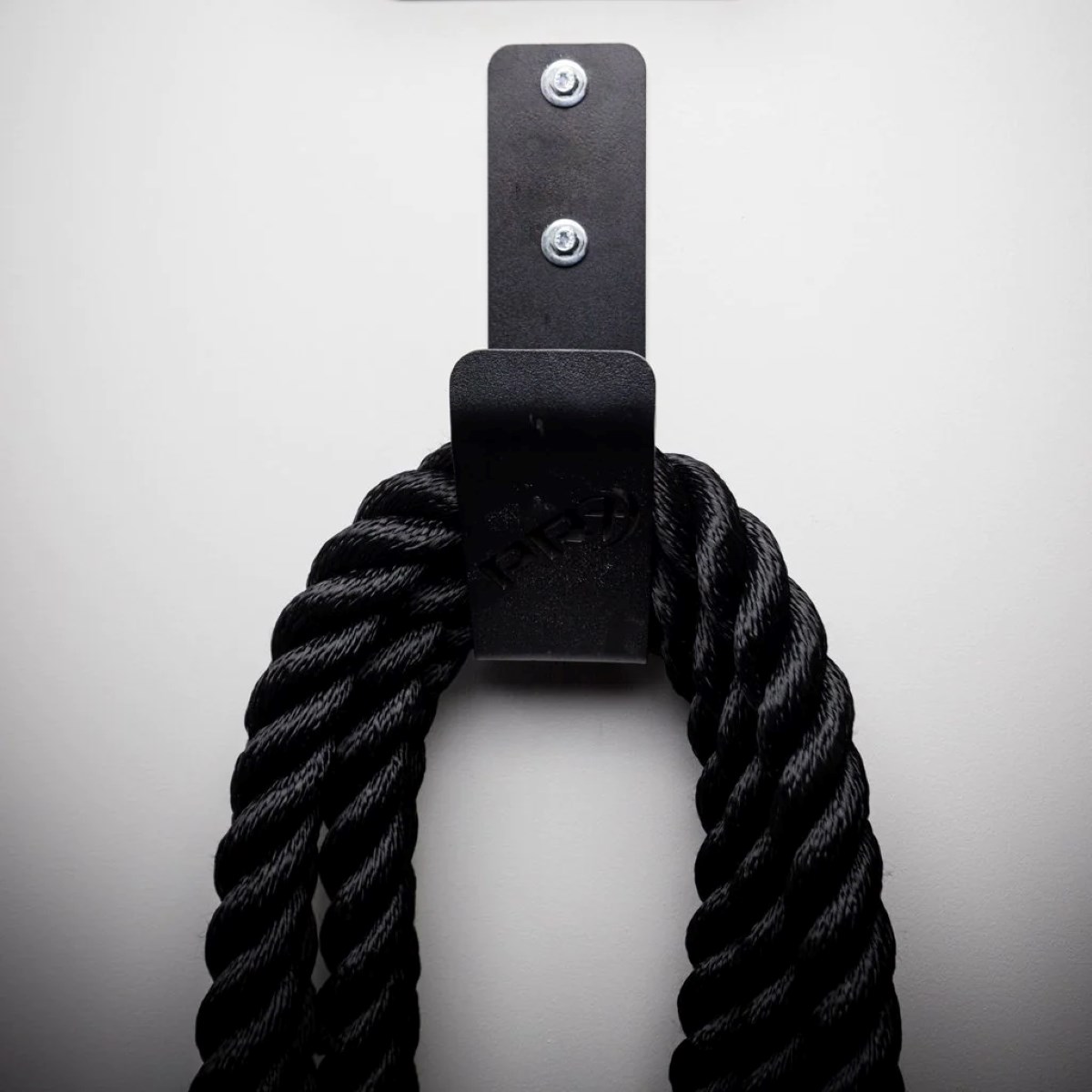
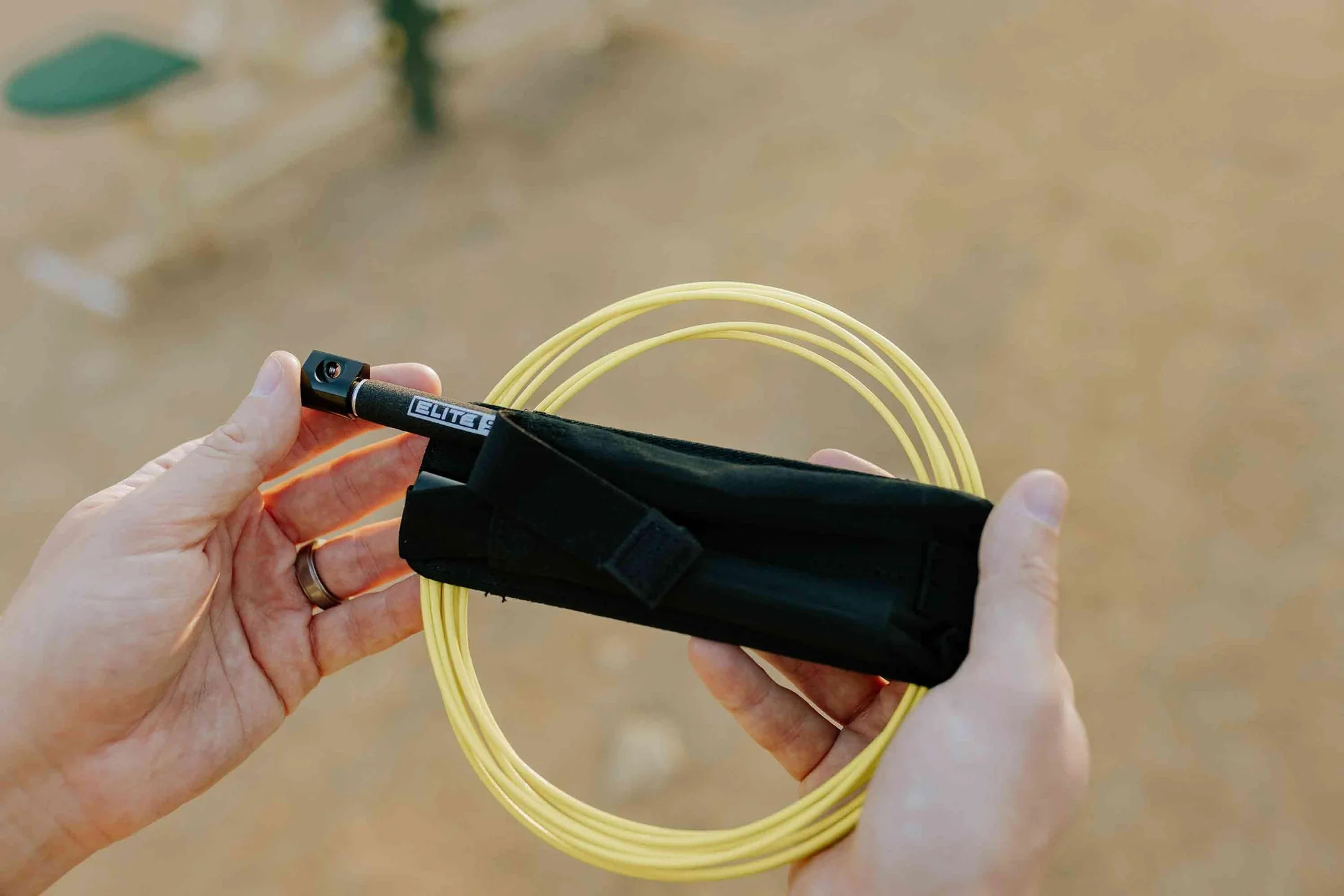
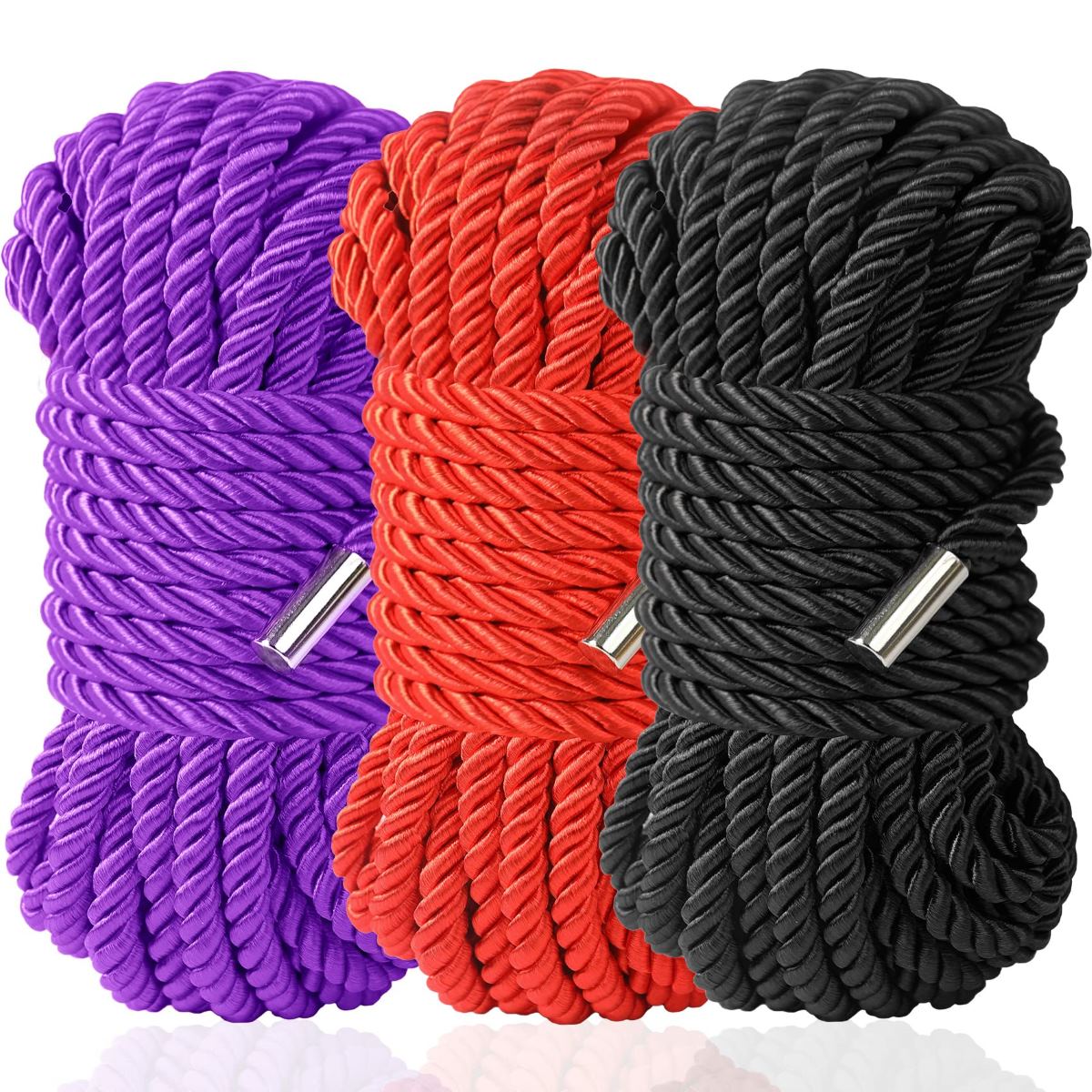
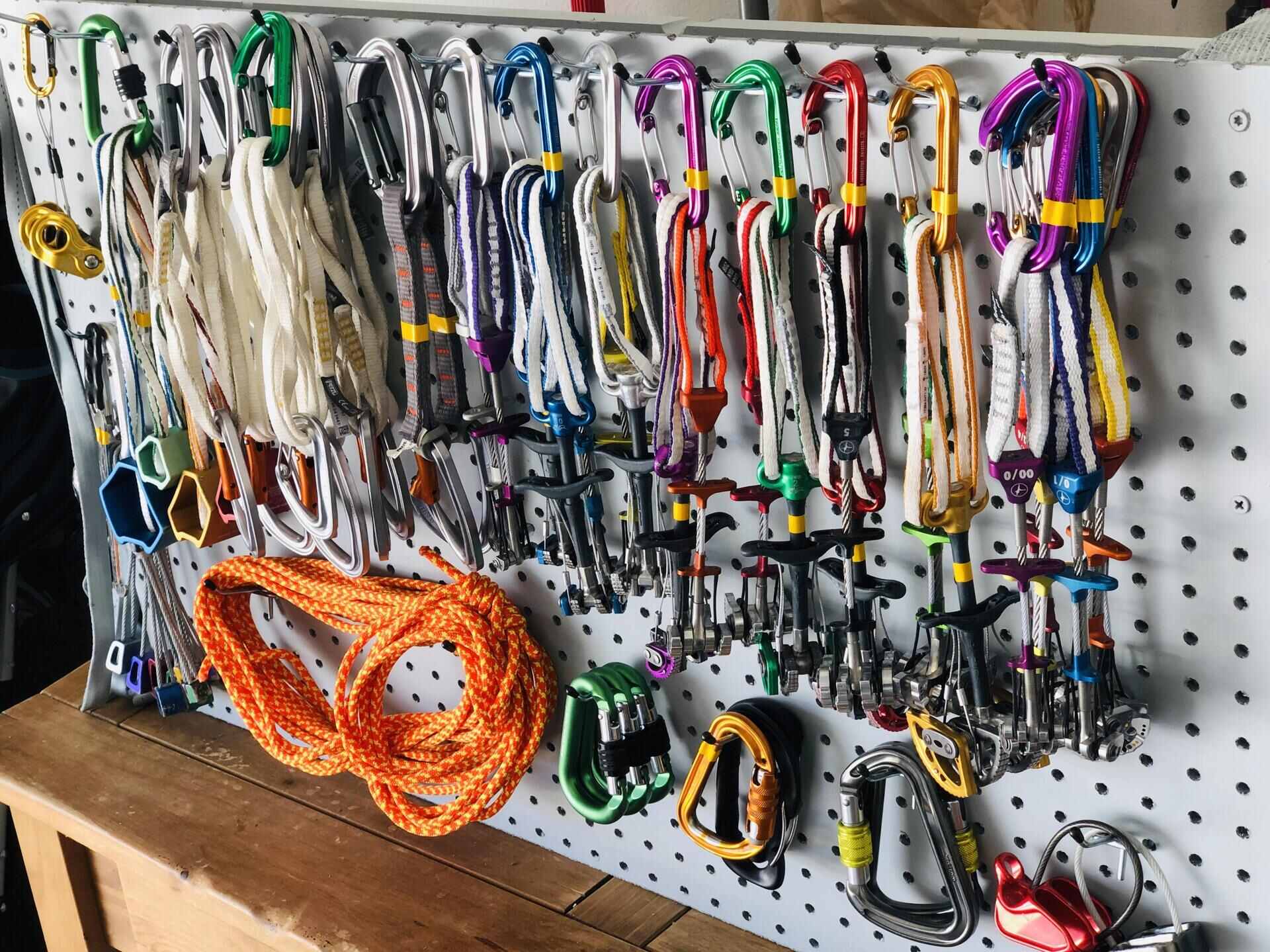
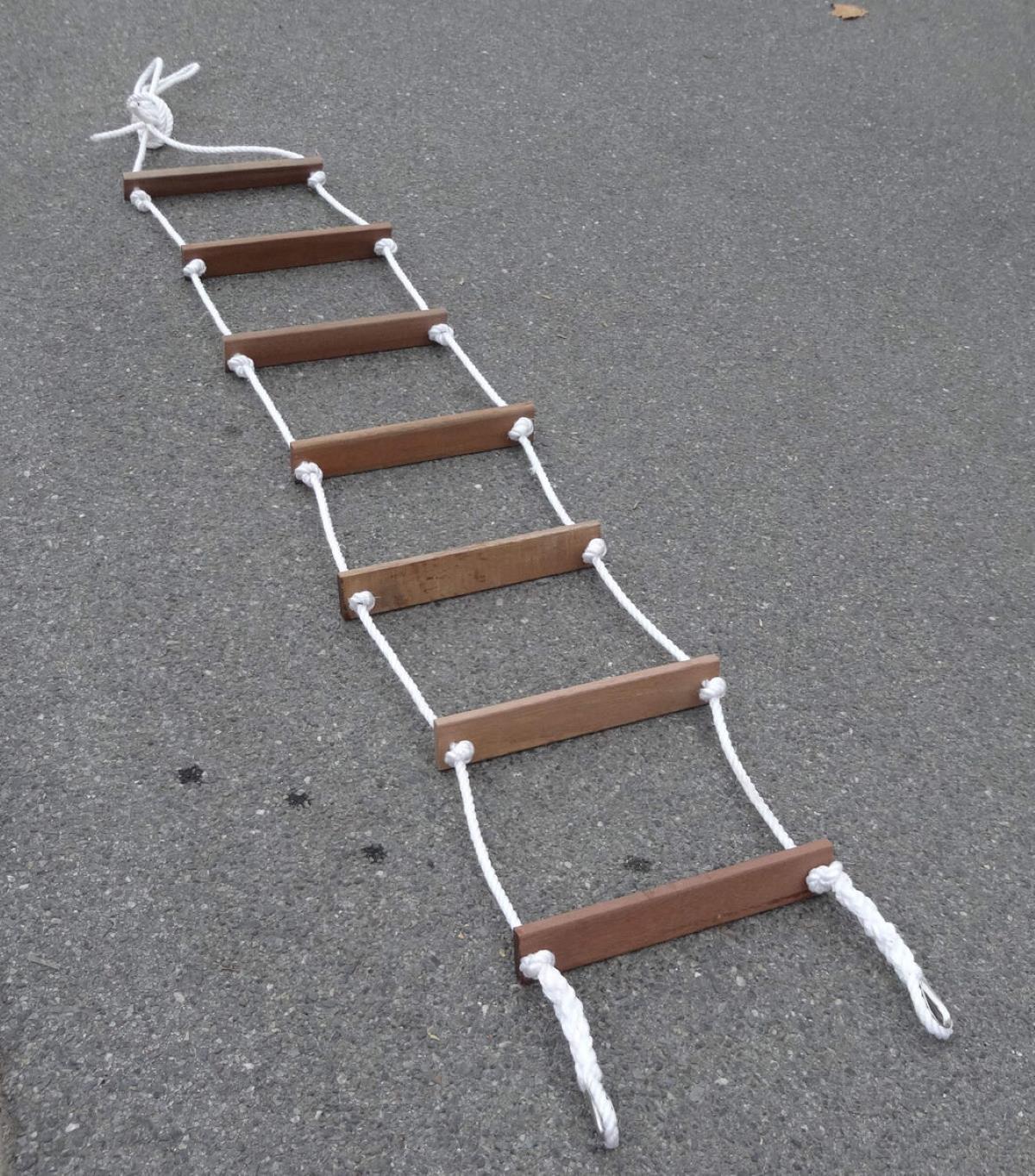

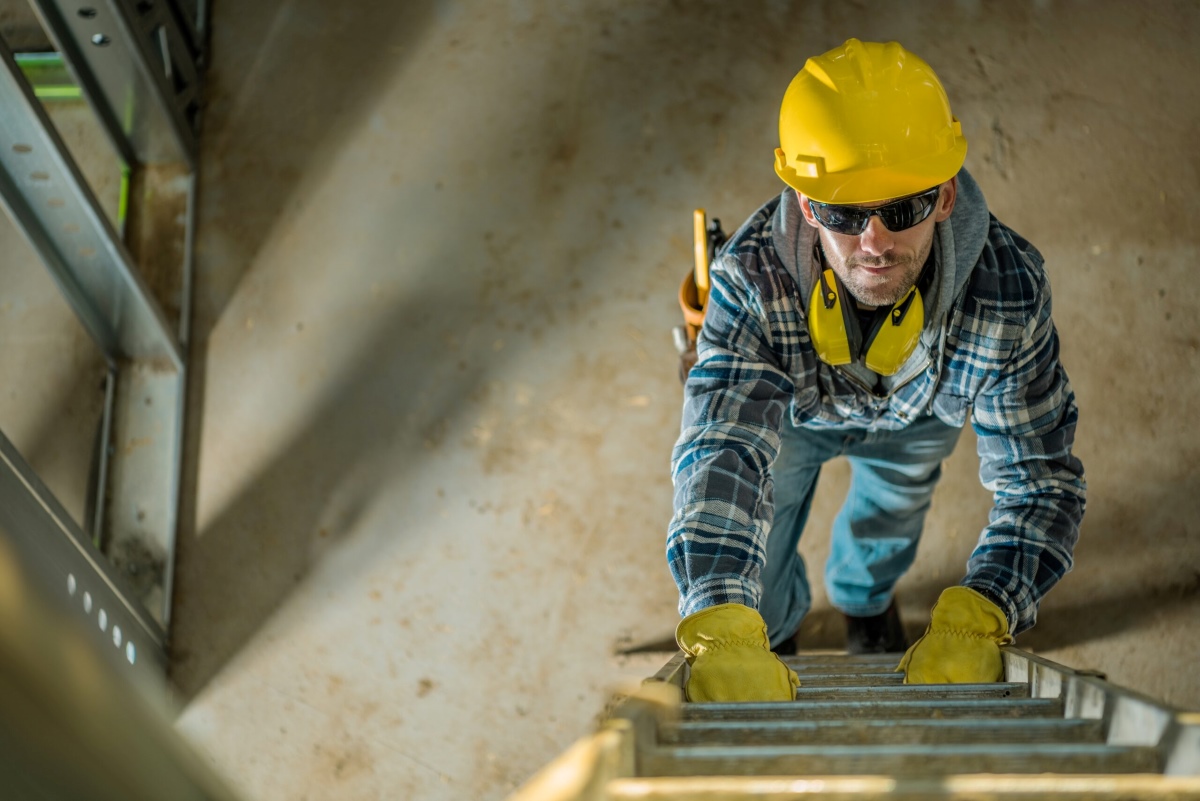
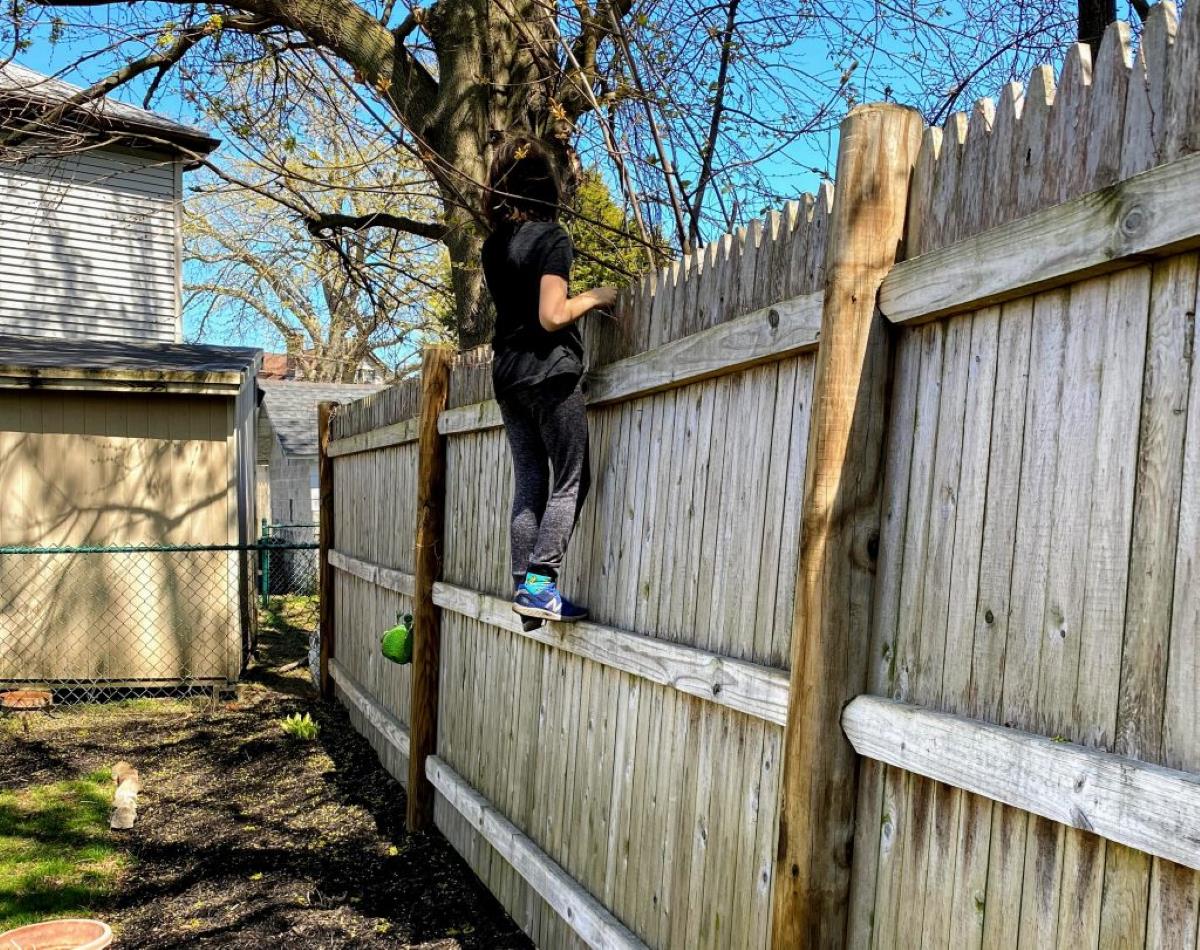
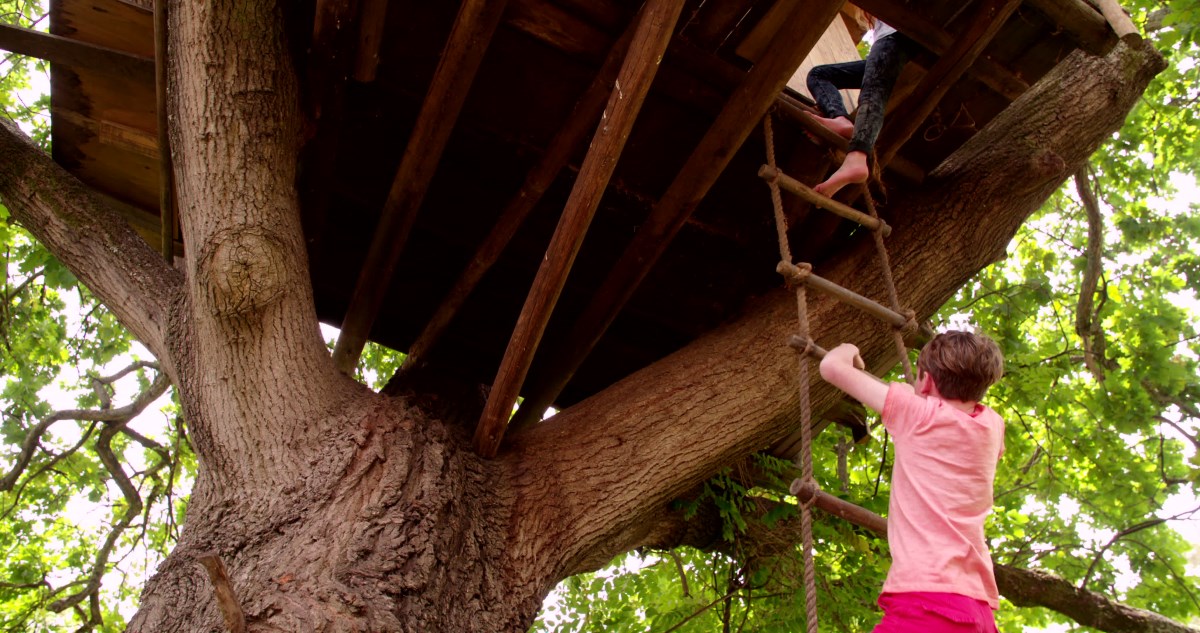
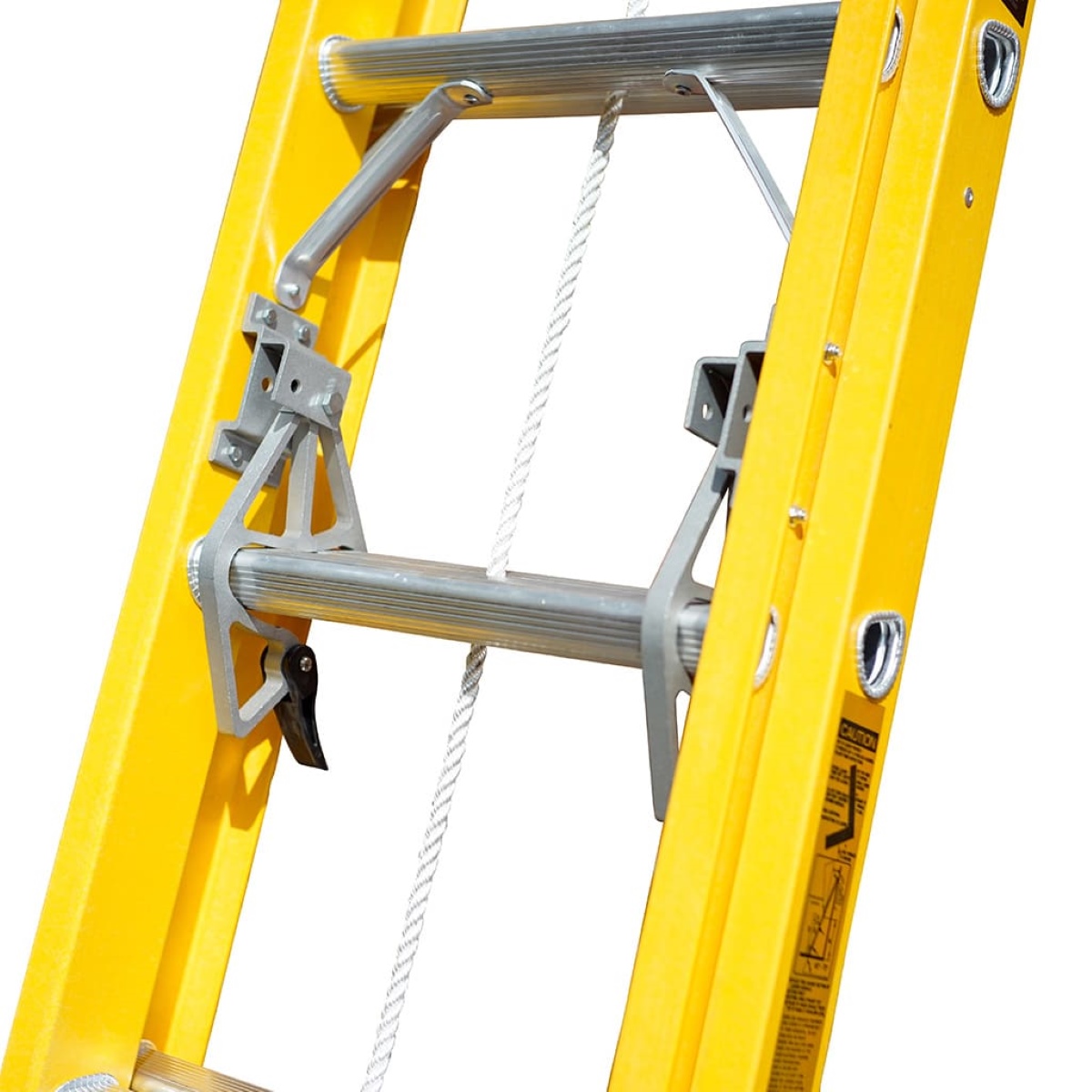
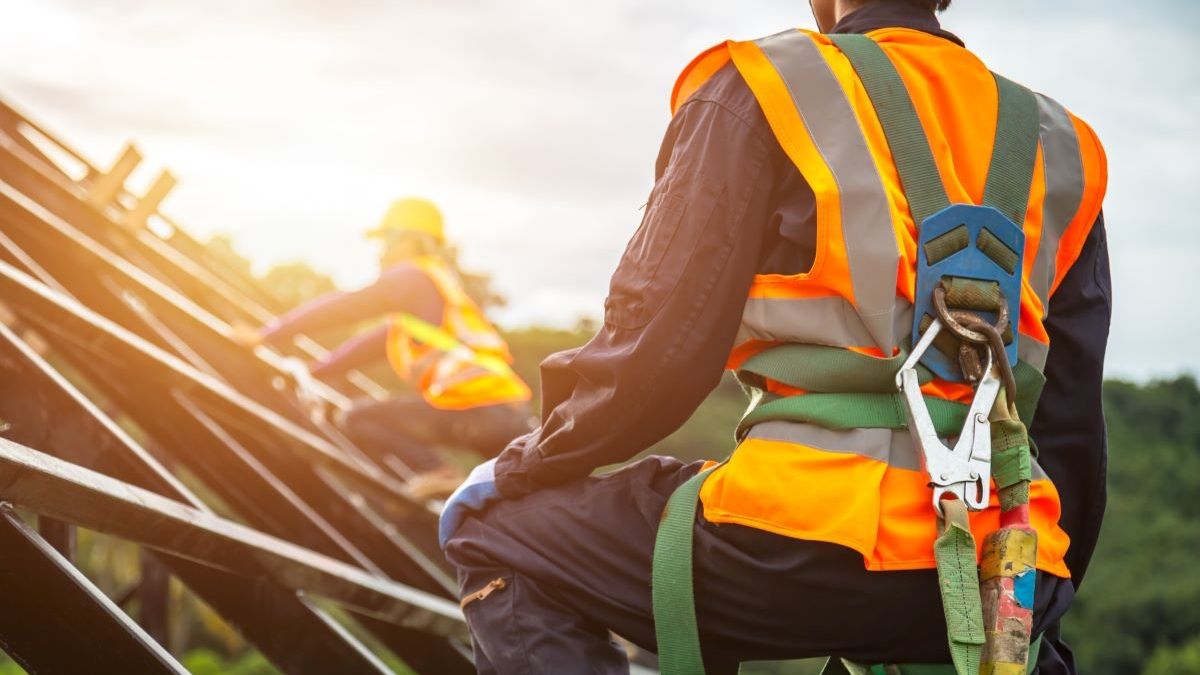
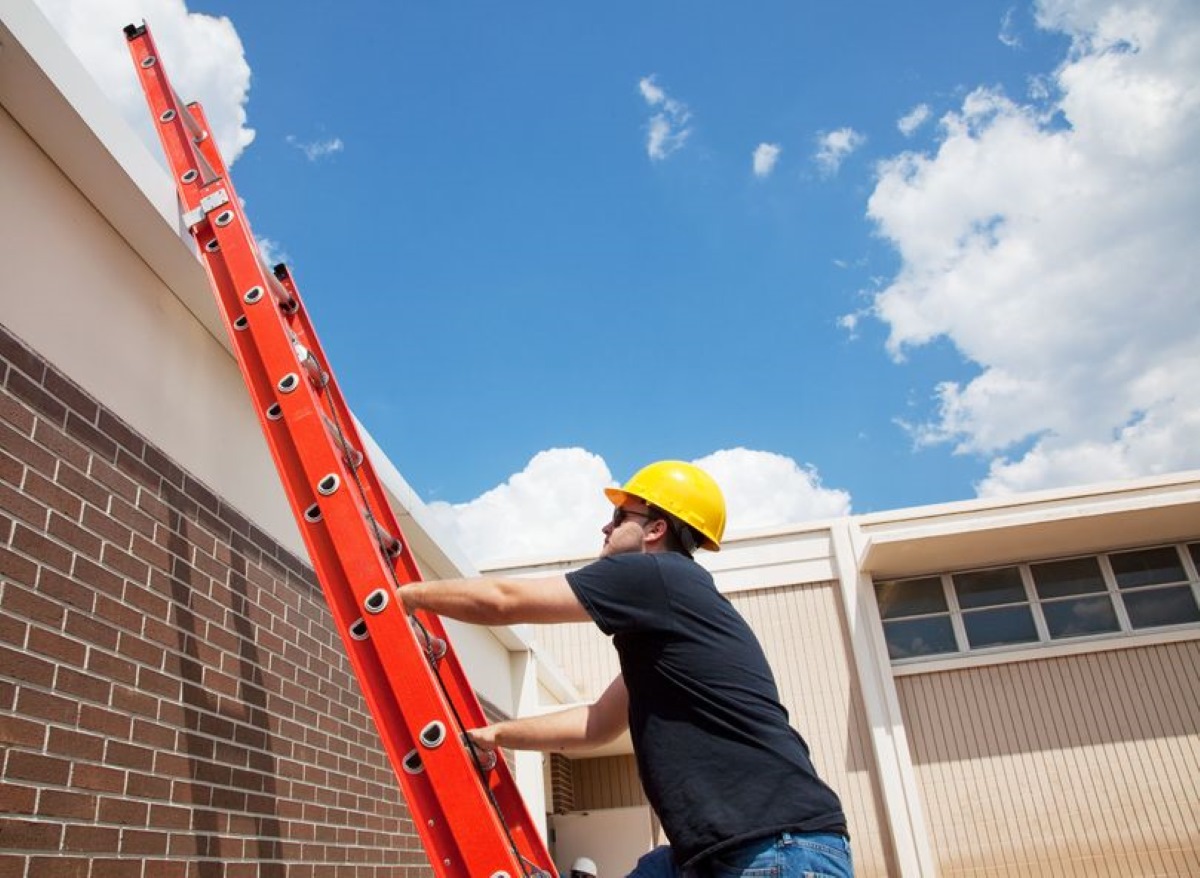
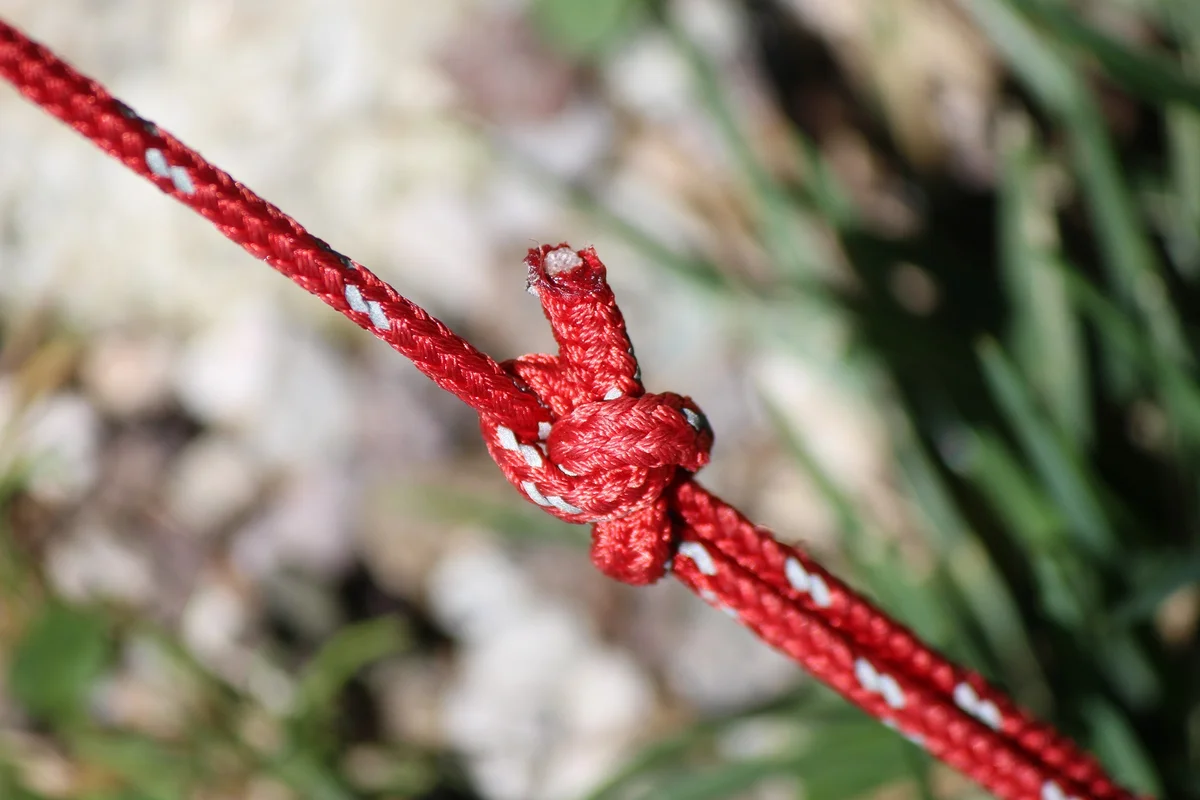
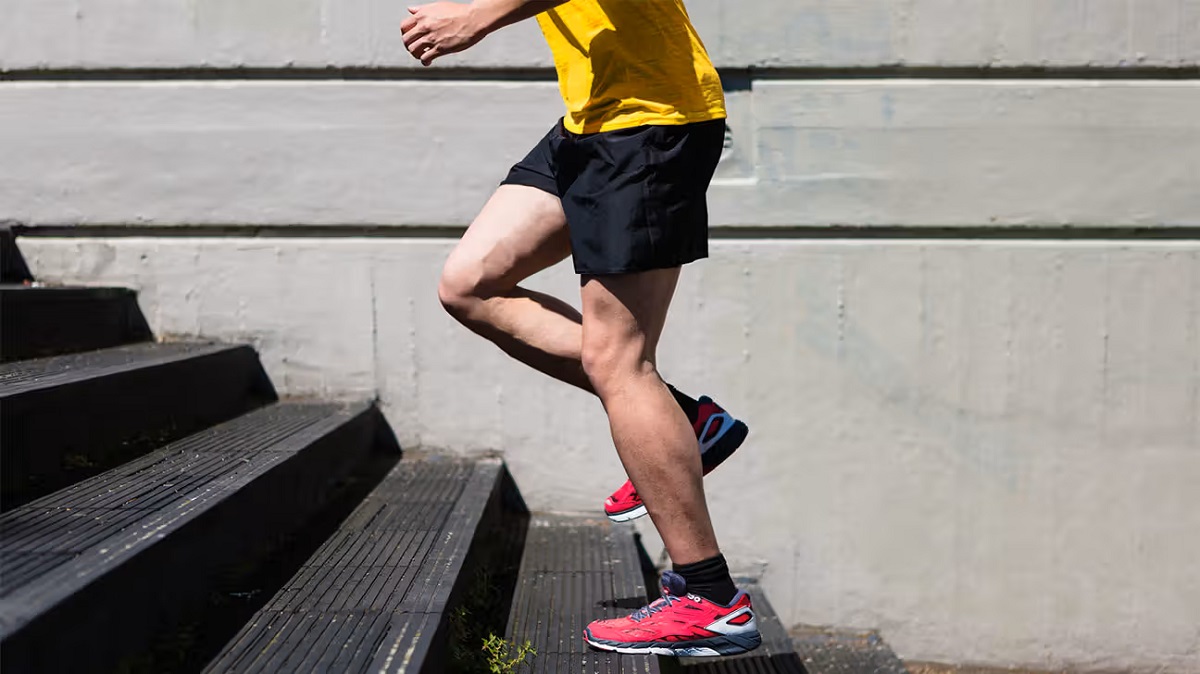

0 thoughts on “How To Store Climbing Rope”